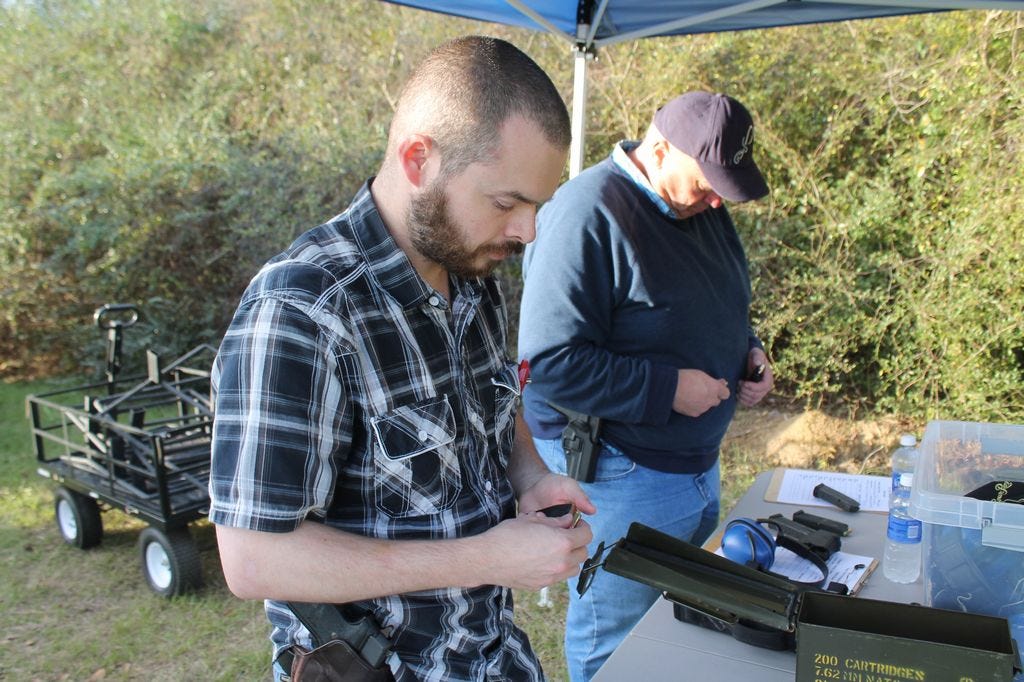
To bring you, the reader, the full experience from my original concealed carry story in December, I participated in the basic pistol course under the instruction of Jerry Bloechle at Know More Investigations to qualify for a concealed carry license. The class consisted of extensive education on the law, how to draw without injuring oneself, proper aiming, and dry as well as live fire practice. The most important thing I learned was no education is ever enough.
Four other students attended the class with me: Austin, Kay, Jim, and a fourth who wished not to be named. They all had more experience than I did and owned a firearm, although at the end of the class, it was clear the education was invaluable.
While Bloechle covered a lot of ground, his focus was on the law. The various firearm laws centered around what a reasonable person would do in various situations and if he or she felt an imminent threat to life.
As an example, he discussed the difference between stopping a potentially lethal threat versus a threat to property. He told the story of a Chicago pharmacist who had been robbed regularly. He kept firearms around the pharmacy and sure enough he was robbed again, only this time he was able to fight back. He shot both intruders, killing one and wounding the other. He broke the law when he stood over the wounded robber and shot him dead.
The two types of firing I felt were most valuable in learning how to shoot: first pulling the trigger of an empty gun repeatedly at a spot on the wall and second putting live rounds in a target at various distances. The first technique, called dry firing, allows the student to see just how much natural wobble is in his or her hands and I focused more on the sight picture. Bloechle reinforced the idea the bang, the sound of the gun firing, should be a surprise. Otherwise, he said one is likelier to flinch if it’s known exactly when the trigger pull is complete.
There is no such thing as a firearms accident, according to Bloechle. Unless it’s a manufacturer defect, an unintended firing is a matter of negligence. One is either uneducated in the handling of a weapon, is storing it incorrectly, or left it available where the wrong person can get it. I agree with Bloechle, who’s gone through 14 instructor courses, no education is ever enough.
Visit here to learn more about Know More Investigations.
This article originally appeared on Santa Rosa Press Gazette: Getting to know guns
